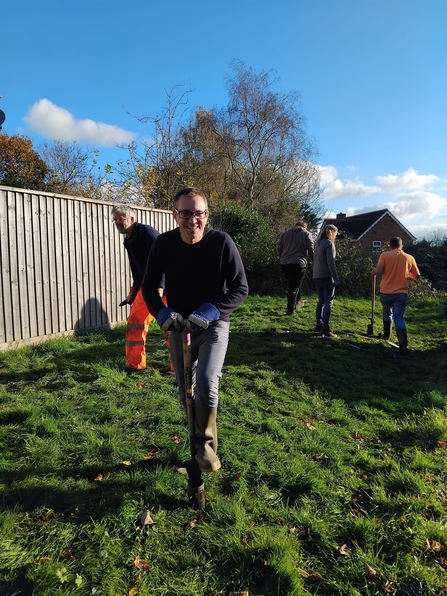While protecting and enhancing green spaces is never without its challenges, it’s good to reflect of what we’ve accomplished for wildlife together with our members and supporters.
A significant woodland regeneration project has continued to go from strength to strength over this past year. Through Wilder Woodlands, we’ve been improving the habitat and increasing biodiversity at our Goblin Combe nature reserve and surrounding areas, especially for species such as lesser and greater horseshoe bats, barbastelle bats and dormice. Thanks to funding from the Natural England Species Recovery Programme Capital Grant Scheme, alongside your kind donations, so far we’ve:
- Created 875m of woodland ride and enhanced a further 450m
- Veteranized 30 trees for bats
- Installed 150 dormouse tunnels, 30 dormouse boxes and 31 bat boxes
- Surveyed around 1000 trees for potential roost features
- Thinned 7.12ha of plantation woodland
- Installed 6900m of stock fencing, 20 gates and six troughs as a new water supply














